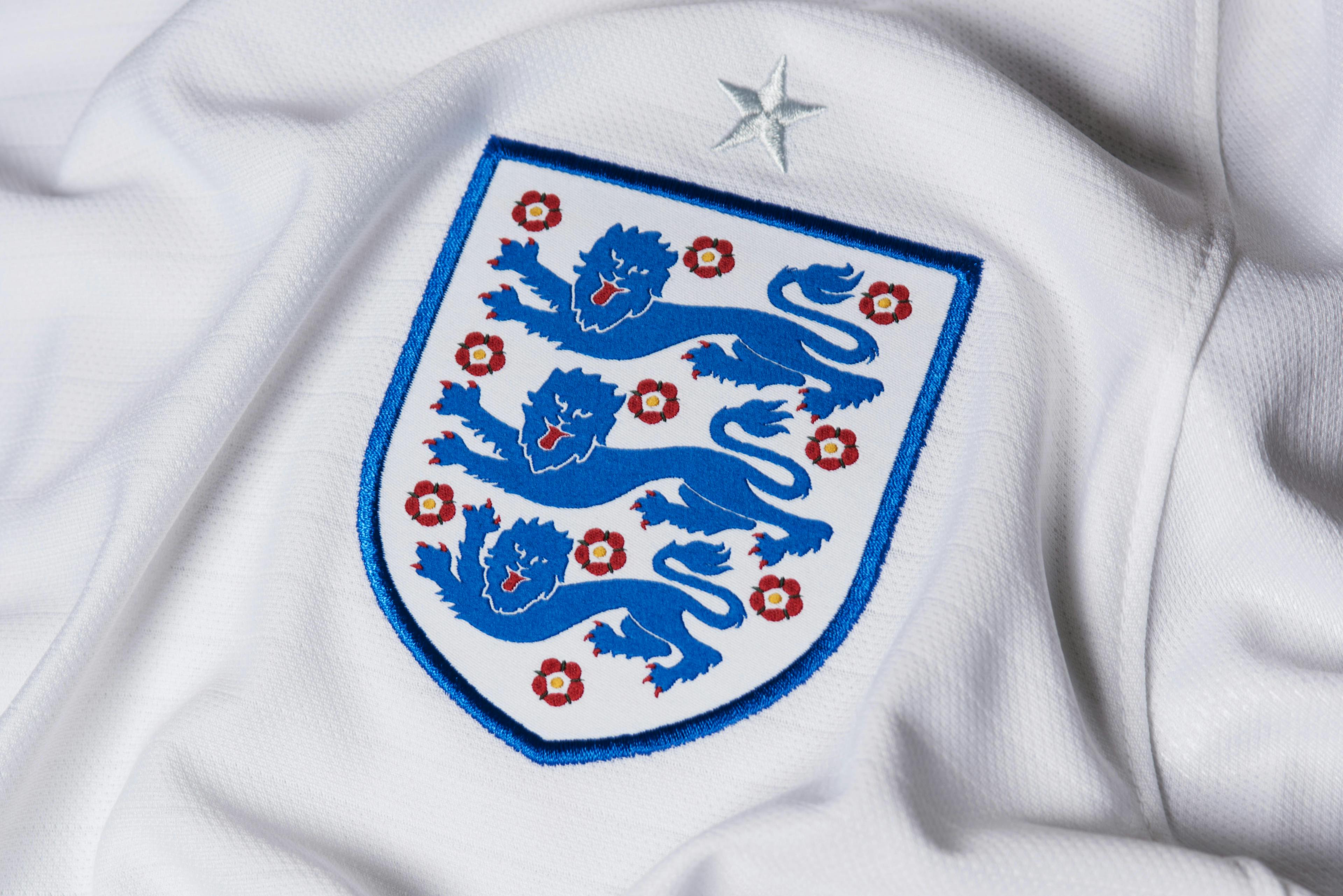Stay up-to-date with all the latest football news. We cover transfers, analysis, betting statistics, and much more.
Bet Slip
Football News & Betting
Latest Football News
Latest News

50/1 Over 0.5 Goals to be scored in Latvia vs England! Betfair Sign Up Offer 14/10/2025
England can secure qualification to next year's FIFA World Cup, as they take on Latvia on Tuesday (14/10/2025). To ensure you get the best offers, Betfair has lined up this fantast...
News
Latvia vs England: 92/1 Mega Bet Builder Tip 14/10/2025
News
Wales vs Belgium: 128/1 Mega Bet Builder Tip 13/10/2025

Both Teams To Score Tips: 56/1 Saturday Accumulator (11/10/2025)
News
Oldham vs Barrow: 41/1 Super Bet Builder Tip 11/10/2025

Portugal vs Ireland: 50/1 Super Bet Builder Tip with BOYLE Sports 25% Boost - 11th October 2025

ITV Racing Tips – Saturday 11th October 2025 Best Bets
News
Mega Accumulator Tip: @FootyAccums Premium Boost 11/10/2025
News
Football Accumulator Tips: 111/1 League One & Two Accumulator (11/10/2025)
News
